Premium Only Content
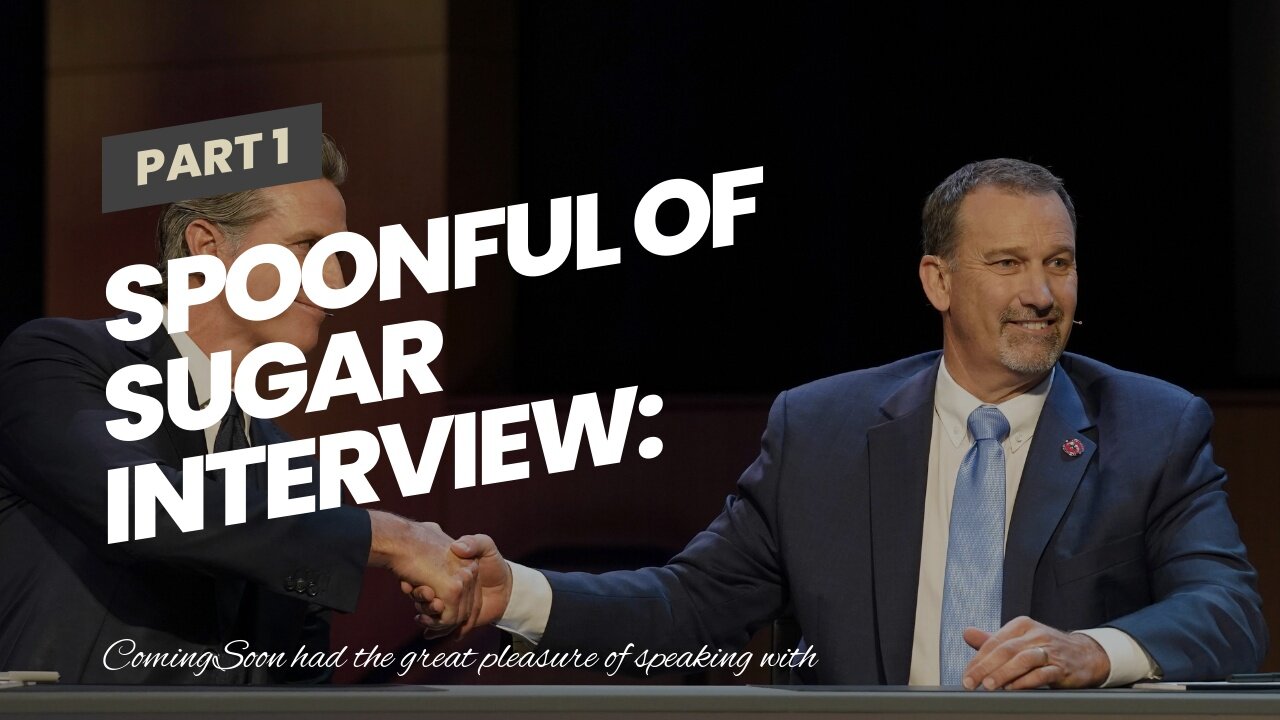
Spoonful of Sugar Interview: Cinematographer Nick Matthews
Spoonful of Sugar Interview: Cinematographer Nick Matthews
ComingSoon had the great pleasure of speaking with Spoonful of Sugar cinematographer Nick Matthews, who offered a unique insight into his craft. He also spoke at length about working alongside director Mercedes Bryce Morgan, and how they achieved the horror film’s astonishing visuals. Shudder’s Spoonful of Sugar is out today. ComingSoon: What led you to become a Cinematographer? Nick Matthews: I’ve been writing and telling stories ever since I was a little kid. I never studied cinematography formally and due to a strict religious context, I didn’t set foot in a movie theater until college. As a result, my path...
ComingSoon had the great pleasure of speaking with Spoonful of Sugar cinematographer Nick Matthews, who offered a unique insight into his craft. He also spoke at length about working alongside director Mercedes Bryce Morgan, and how they achieved the horror film’s astonishing visuals. Shudder’s Spoonful of Sugar is out today. ComingSoon: What led you to become a Cinematographer? Nick Matthews: I’ve been writing and telling stories ever since I was a little kid. I never studied cinematography formally and due to a strict religious context, I didn’t set foot in a movie theater until college. As a result, my path to cinematography started with falling in love first in literature—the likes of Flannery O’Connor, Cormac McCarthy, Franz Kafka, among many others. Storytelling felt fundamental to my empathetic engagement of other points of view, cultures, and ideas. In a way, it became a powerful vehicle for me to explore the human condition in all its paradox, tragedy, brokenness, injustice, beauty, and transcendence. Storytelling (and filmmaking) feels like our collective navigation of those feelings and ideas. I got into filmmaking after I discovered the magic of holding a camcorder in my hand and how freeing it felt to make little films with my friends in high school. I still feel that rush when I go on set. Cinematography feels tactile and sensual. It’s a way to use light, color, and atmosphere to build the vernacular of a visual world—to affect the meaning and emotional tenor of story as the audience experiences it. This journey has taken me to some of the most sublime places in the world and brought me alongside some of the most profoundly talented people I’ve ever met. I feel that I’ve learned from every actor, director, and technician I’ve collaborated alongside. Were there specific individuals in the field who influenced your style? I am fascinated by darkness and contrast—both in a literal and metaphysical sense. And I’ve found the artists that are interested in those themes to resonate with me. Often their personal journey feels reflective of the pathos that their images embody. I tend to reference photographers and feel especially drawn to Ernst Haas, Gordon Parks, Sally Mann, Gregory Crewdson, and Todd Hido. Gordon Willis, Robby Mueller, and Harris Savides are cinematographers I continually find inspiration from. Their bold use of shadows, controlled color palettes, and breathtaking underexposure is a constant source of inspiration. They challenged the status quo with every film they made and their images tower above their contemporaries as a result. Additionally, Darius Khondji inspires me with his ability to dance between genres in service of the story and still create mesmerizing images. I watch Se7en before I shoot every single film, because it’s a film that captures beauty and brutality in a provocative and straightforward way. It’s genre while defying expectations. How has your technique/style evolved over the years? Every film is its own idiosyncratic story that demands a uniquely crafted visual language to bring the audience into that world and character’s experience. As I’ve continued to create, I feel more confident to take risks to subvert the audience’s expectations. I think I felt more bound by the “rules” of cinema beforehand. I am taking bigger risks with camera movement, color palette, underexposure, and lighting with every project I shoot. I want to tell the director’s vision in a way that captivates the audience and makes them feel compelled to engage the story we’re telling. What was it about Spoonful of Sugar that made you want to work on it? As soon as I read the treatment and saw the visual selections in the mood reel I was hooked. But once I read the script and talked with Mercedes I just knew I had to do this film....
-
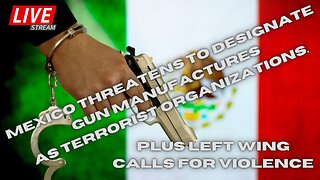 UPCOMING
UPCOMING
John Crump Live
4 hours agoMexico Backs Cartels By Threatening To Designate Gun Manufactures As Terrorist!
30 -
![[Ep 611] DOGE On The March! | Guest Sam Anthony - [your]NEWS | Seditious Dems | Ukraine](https://1a-1791.com/video/fwe1/97/s8/1/q/C/C/3/qCC3x.0kob-small-Ep-611-DOGE-On-The-March-Gu.jpg) LIVE
LIVE
The Nunn Report - w/ Dan Nunn
1 hour ago[Ep 611] DOGE On The March! | Guest Sam Anthony - [your]NEWS | Seditious Dems | Ukraine
291 watching -
 1:00:56
1:00:56
The Tom Renz Show
7 hours agoThe War On DOGE Is ALSO A War On The Economy
4.95K5 -
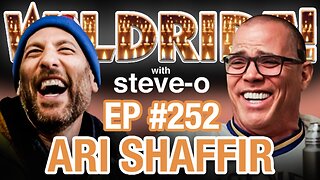 1:30:16
1:30:16
Steve-O's Wild Ride! Podcast
5 days ago $0.84 earnedAri Shaffir Exposes The Dark Side of Podcasting - Wild Ride #252
11.3K1 -
 1:56:29
1:56:29
The Quartering
5 hours agoAirplane FLIPS and CRASHES, Sean Duffy Slams Pete Buttigieg, & What Happened with Patriarchy Hannah
66.8K22 -
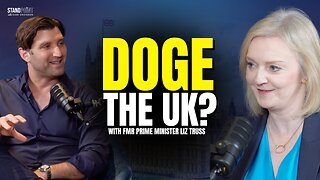 37:08
37:08
Standpoint with Gabe Groisman
22 hours agoDOGE The UK?! With Liz Truss
26.5K9 -
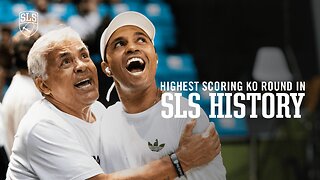 56:39
56:39
SLS - Street League Skateboarding
6 days agoHIGHEST SCORING KNOCKOUT ROUND OF ALL TIME! Felipe Gustavo, Dashawn Jordan, Filipe Mota & more...
21.7K1 -
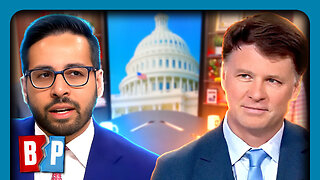 14:26
14:26
Breaking Points
1 day agoWOKE VS BASED?: Saagar And Ryan Play A Game
24.2K6 -
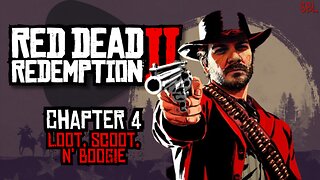 5:29:58
5:29:58
SoundBoardLord
7 hours agoThe Red Dead Journey Continues!!!
23.1K1 -
 1:17:31
1:17:31
The Officer Tatum
3 hours agoLIVE: Delta Airlines CRASH BLAMED On Trump, Ashley St. Claire Had Elon's BABY? + More | Ep 63
29.7K33